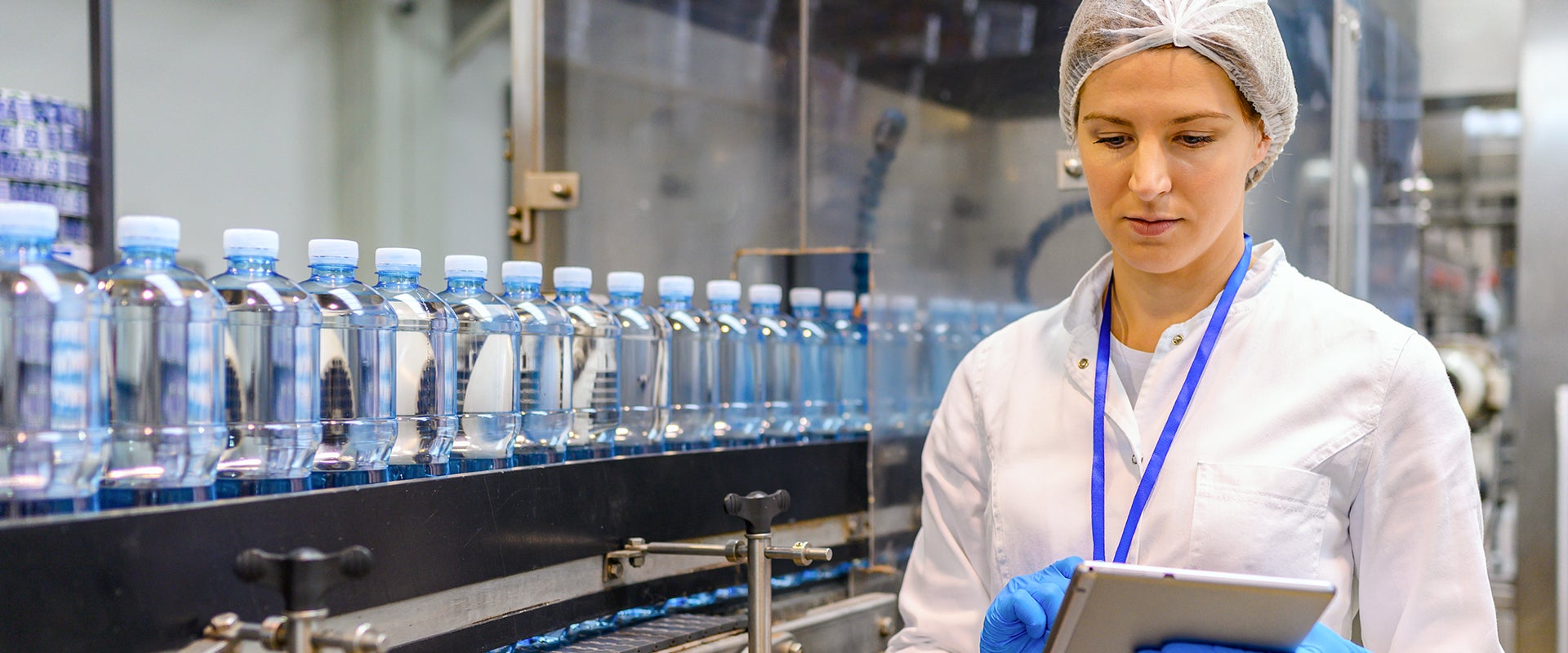
Innovating Packaging Solutions Through Chemistry
- Article

Advancements in material science are playing an increasingly critical role in shaping modern packaging solutions. Innovation is leading chemicals and materials suppliers to work with brand owners and packaging converters alike to help them satisfy both evolving consumer demands and regulatory pressures as they seek to differentiate themselves from the competition.
Against that backdrop, multi-substrate as well as single-substrate packaging companies are increasingly looking to their raw materials inputs suppliers to provide solutions that can help change/improve the sustainability profile of the packaging substrate, act as alternatives to inputs with health and safety risks, and improve substrate functionality in ways that provide the consumer with a better experience.
For chemicals and materials firms that participate in the packaging value chain, being at the forefront of these trends means providing customers with opportunities to differentiate through adoption of those firms’ materials, technology and overall innovation.
For investors in this space, numerous innovations in the packaging chemicals and materials inputs ecosystem are creating trends toward premium prices, outsized growth and market share capture, and superior returns due to their value-add along these trends.
Indeed, these three broad macro trends — sustainability, safety and functionality — are driving innovation and investment across packaging substrates, inks, coatings, adhesives and other inputs categories, as discussed below:
Whether you’re manufacturing the chemical and material inputs for packaging or investing in the market, please look forward to our upcoming deep-dive insights into how sustainability goals are increasingly impacting the mix of packaging inputs. We’ll also cover the impact of consumer and regulatory health and safety concerns for packaging inputs, as well as our views on the innovation driving increased functionality of packaging inputs.
For more information, please contact us.
L.E.K. Consulting is a registered trademark of L.E.K. Consulting LLC. All other products and brands mentioned in this document are properties of their respective owners. © 2025 L.E.K. Consulting LLC